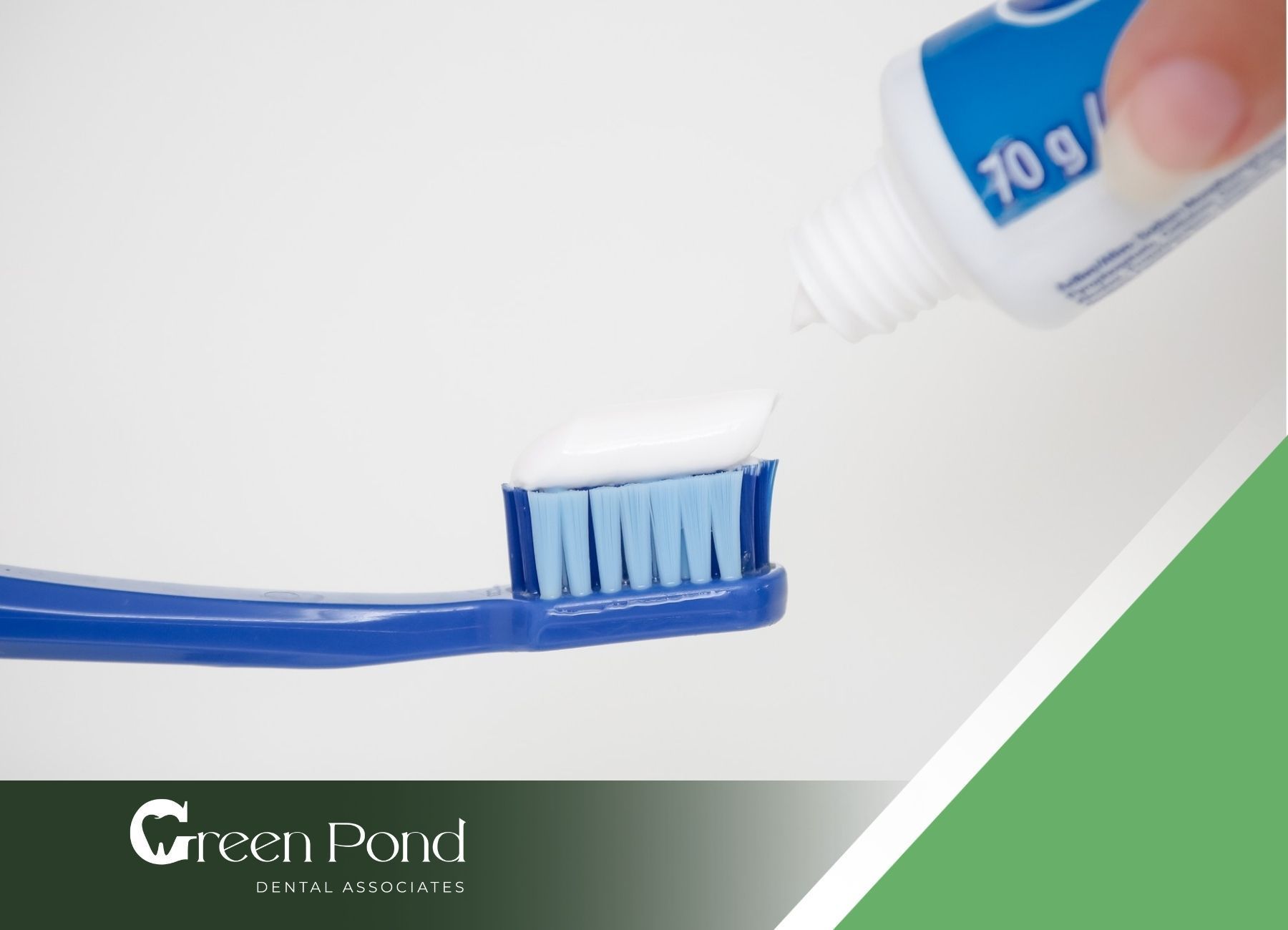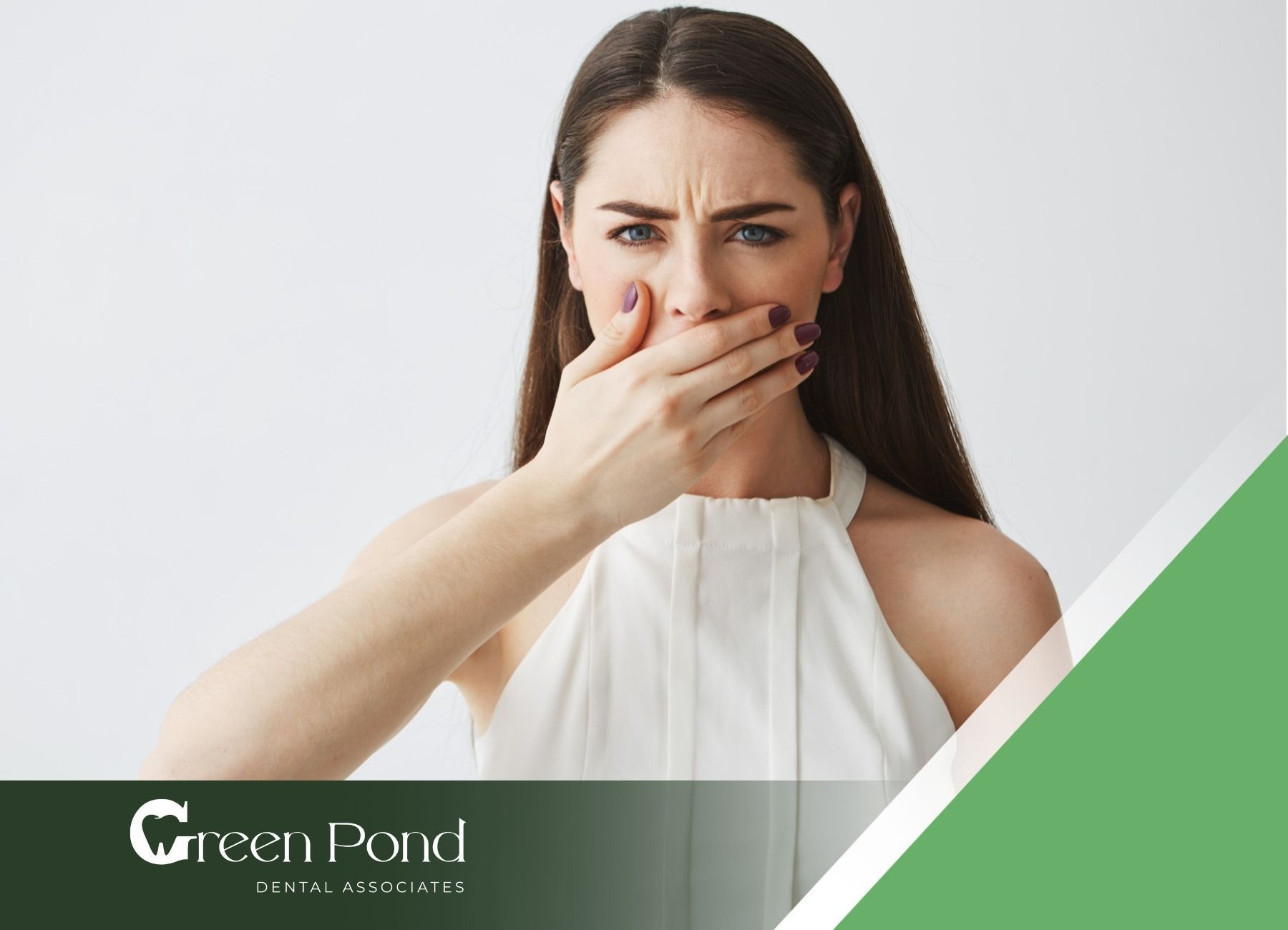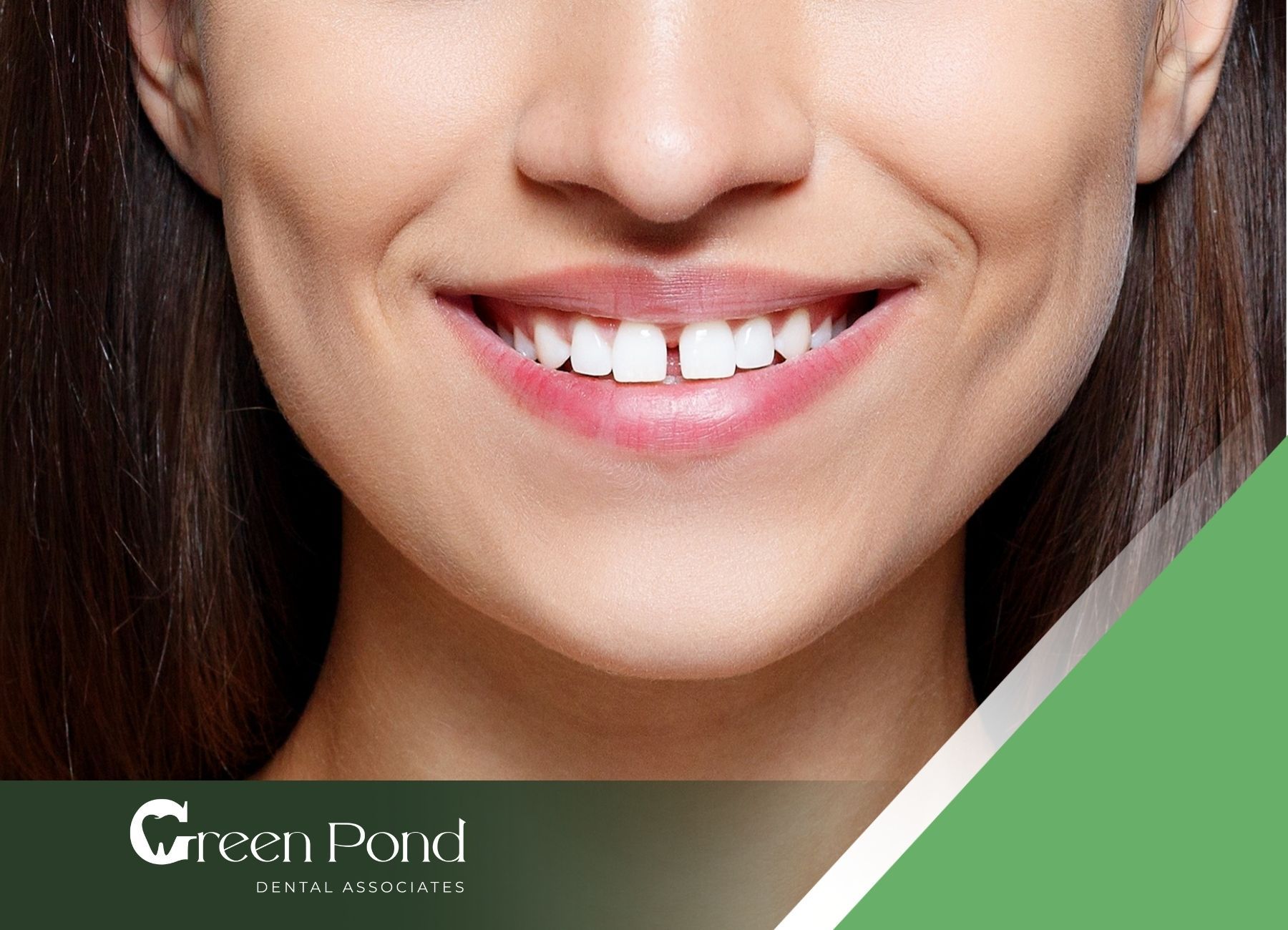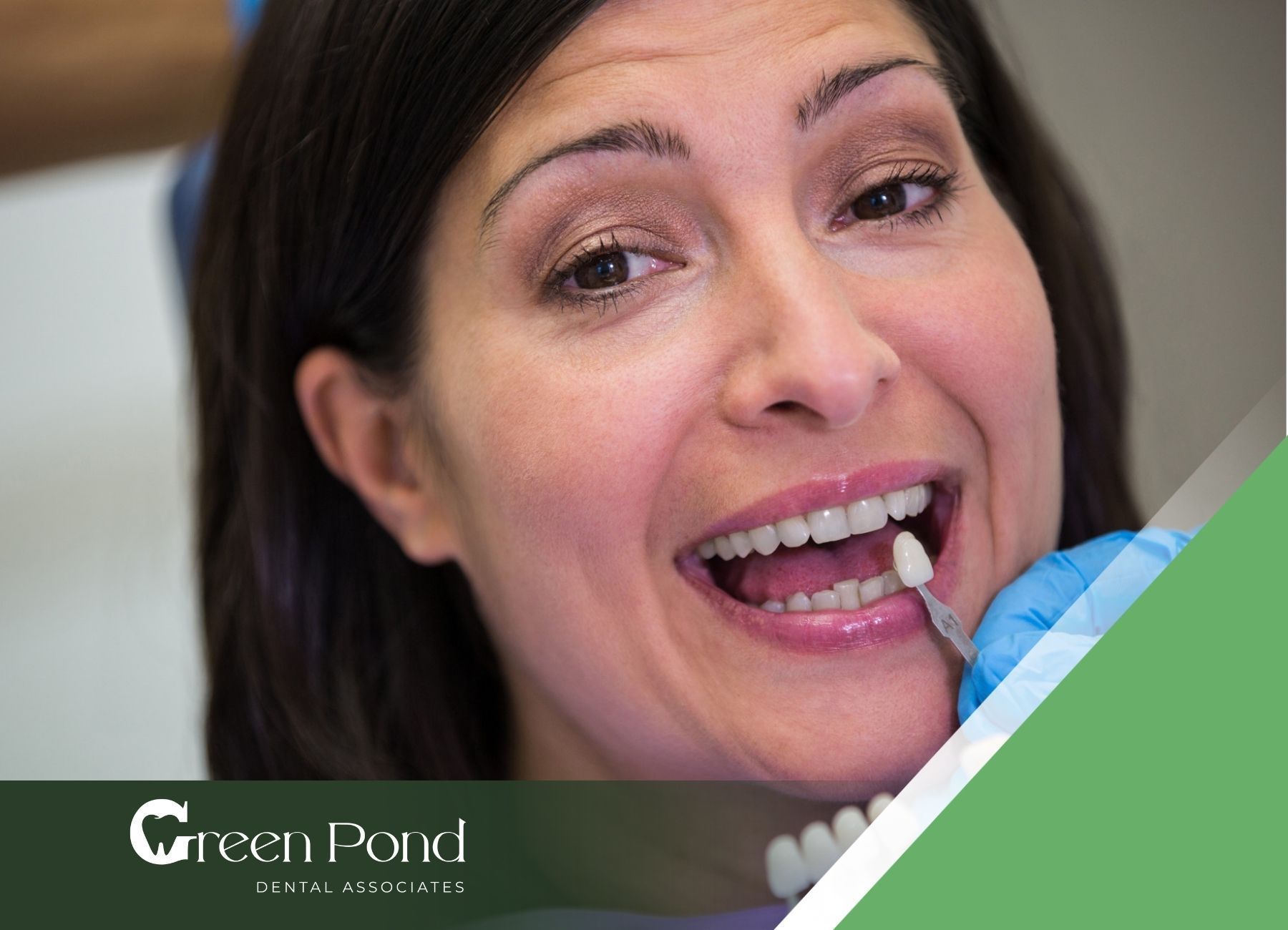Smoking and Oral Health: What Does Smoking Do to Teeth?
Many know smoking harms your health, but did you know it wreaks havoc on your smile too? Cigarettes stain teeth, weaken gums, and increase your risk of serious dental problems. This blog dives deep into the surprising ways smoking sabotages your oral health. We'll also explore the science behind the damage and, more importantly, offer solutions to keep your smile bright and healthy.
So, whether you're a smoker considering quitting or simply want to protect your pearly whites, this blog is for you.
How Smoking Affects Your Teeth
Smoking has a detrimental impact on oral health. The chemicals present in tobacco smoke can increase the risk of developing various health problems, including gum disease, tooth decay, and oral cancer.
Additionally, smoking can compromise the immune system, making it harder for the body to fight off infections and heal properly after dental procedures.
The Chemicals in Smoke and Their Impact on Teeth
Tobacco smoke contains a variety of harmful chemicals that can significantly impact the health of your teeth. These chemicals increase the risk of tooth decay, which can lead to cavities and eventual tooth loss.
Smoking also contributes to bad breath and can cause discoloration of the teeth. Furthermore, the use of tobacco products, such as cigarettes and smokeless tobacco, can further exacerbate these dental issues.
Direct Effects of Smoking on Tooth Enamel and Color
One of the direct effects of smoking on teeth is the weakening and discoloration of tooth enamel. Tooth enamel is the protective outer layer of the teeth, and it plays a crucial role in maintaining their strength and color.
Smoking can cause the enamel to weaken and become more susceptible to damage and decay. The chemicals in tobacco smoke can cause the teeth to become discolored, resulting in a yellow or brown appearance.
Is There a Link Between Smoking and Gum Disease?
There is a strong link between smoking and gum disease. Smoking can increase the risk of developing gum disease, also known as periodontal disease.
How Smoking Alters Gum Tissue and Blood Flow
Smoking has a significant impact on gum tissue and blood flow. The chemicals in tobacco smoke can cause inflammation and damage to the gum tissue, making it more susceptible to infection.
Smoking also reduces blood flow to the gums, impairing the body's ability to deliver necessary nutrients and oxygen to the gum tissue. This compromised blood flow can hinder the healing process and make it harder for the gums to fight off infections. As a result, smokers are at a higher risk of developing gum disease and experiencing its associated symptoms.
Symptoms and Signs of Gum Disease in Smokers
Gum disease in smokers can present with various symptoms and signs. These may include red, swollen, and tender gums, bleeding gums during brushing or flossing, and persistent bad breath.
Smokers may also notice that their gums appear to be receding or pulling away from the teeth. Additionally, gum disease can lead to loose teeth and changes in the way the teeth fit together when biting or chewing. If you experience any of these symptoms, it is important to seek dental care to diagnose and treat gum disease.
Does Smoking Cause Cancer?
Smoking is a significant risk factor for oral cancer. People who smoke are at a higher risk of developing oral cancer compared to non-smokers. This risk is further increased for individuals who use smokeless tobacco products, such as chewing tobacco or snuff.
The harmful chemicals in tobacco smoke can damage the cells in the mouth, leading to the development of cancerous lesions. It is important to be aware of the increased risk and to undergo regular screenings for oral cancer, especially for those who smoke or use tobacco products.
Early Signs of Oral Cancer
It is important to be aware of the early signs of oral cancer, which may include persistent ulcers or sores in the mouth that do not heal within 7 to 10 days, white or red patches in the mouth, swelling, and changes in the fit of dentures.
If you notice any of these symptoms or have concerns about oral cancer, it is crucial to seek prompt dental evaluation for diagnosis and appropriate treatment.
The Increased Risk of Oral Cancer for Smokers
Smokers are at a significantly higher risk of developing oral cancer compared to non-smokers. The harmful chemicals in tobacco smoke can damage the cells in the mouth and increase the likelihood of cancerous growth.
The risk of developing oral cancer is further elevated for individuals who use smokeless tobacco products, such as chewing tobacco or snuff.
Consequences of Smoking on Dental Treatments
Smoking can have significant consequences on various dental treatments. For smokers, it is important for smokers to discuss your smoking habits with your dentist before undergoing any dental treatments to minimize complications and improve treatment outcomes.
Challenges in Healing After Dental Procedures
Smoking can pose challenges in the healing process after dental procedures. The chemicals in tobacco smoke can impair the body's immune system, making it harder for the body to fight off infections and heal properly.
This can result in delayed healing, increased pain, and a higher risk of complications after procedures like tooth extractions and gum surgeries. It is important for smokers to quit smoking or at least reduce their smoking habits before undergoing dental procedures to improve the chances of successful healing and minimize post-operative complications.
The Effect on Dental Implants and Tooth Extractions
Smokers who undergo tooth extractions may experience slower healing and a higher risk of complications compared to non-smokers.
It is important for smokers to discuss their smoking habits with their dental team before undergoing dental implant placement or tooth extractions to evaluate the potential risks and adjust treatment plans accordingly.
Preventive Measures for Smokers
While quitting smoking is the most effective way to minimize the negative effects on oral health, there are preventive measures that smokers can take to protect their teeth and gums.
Routine Dental Check-ups and Cleanings
Regular dental visits can help identify any issues early and prevent them from worsening. During these check-ups, the dental team will thoroughly examine the teeth, gums, and mouth for any signs of gum disease, tooth decay, or oral cancer.
They will also perform a professional cleaning to remove plaque and tartar buildup, which can be more common in smokers.
These cleanings are crucial for removing stains and keeping the teeth and gums healthy. The dental team can provide advice on proper oral hygiene techniques and recommend specialized dental care products for smokers.
Specialized Dental Care Products for Smokers
Smokers may benefit from using specialized dental care products that are designed to address the unique challenges of smoking on oral health. These products can help improve oral hygiene, reduce staining, and promote gum health.
One example is toothpaste formulated for smokers, which may contain ingredients such as baking soda, activated charcoal, or hydrogen peroxide to help remove stains and whiten teeth.
Smokers may also find it beneficial to use mouthwashes that target bad breath and kill bacteria in the mouth. Additionally, using dental floss or interdental brushes to clean between teeth and along the gumline can help prevent gum disease.
Treatment Options for Smokers’ Teeth
Treatment options for smokers' teeth include both cosmetic and restorative procedures. The specific treatment plan will depend on the individual's oral health needs and goals. Make sure to consult with a dentist to determine the best course of action.
Professional Teeth Whitening Solutions
Professional teeth whitening solutions can be an effective option for smokers looking to improve the appearance of their teeth. Smoking can cause yellowing and staining of the teeth, which can be difficult to remove with regular brushing and flossing.
Professional teeth whitening treatments, whether done in-office or with customized at-home kits, use bleaching agents to remove stains and discoloration. These treatments can help restore the natural whiteness of the teeth and improve the overall appearance of the smile.
Restorative Dentistry for Smokers
In more severe cases, restorative dentistry may be necessary for smokers who have experienced tooth loss or have significant damage to their teeth.
Restorative dentistry procedures can help restore the function and aesthetics of the teeth. This can include treatments such as dental implants, which are artificial tooth roots that are surgically placed in the jawbone to support replacement teeth.
Bridges and crowns can also be used to replace missing teeth or repair damaged teeth. The specific treatment plan will depend on the individual's oral health needs and goals.
Conclusion
Smoking not only impacts your lungs but also wreaks havoc on your oral health. From stained enamel to gum disease and even a higher risk of oral cancer, the effects are profound.
However, all is not lost. By quitting smoking and embracing preventive measures like regular dental check-ups and specialized products, you can start the journey to oral health recovery. Professional treatments such as teeth whitening and restorative dentistry can help reverse some damage.
Worried about the damage smoking has already caused your smile? Green Pond Dental offers a variety of cosmetic and restorative dentistry treatments to help you achieve a healthy, beautiful smile. From teeth whitening to dental implants, our team has the expertise to address your specific needs. Schedule a consultation with us and discuss your options!










